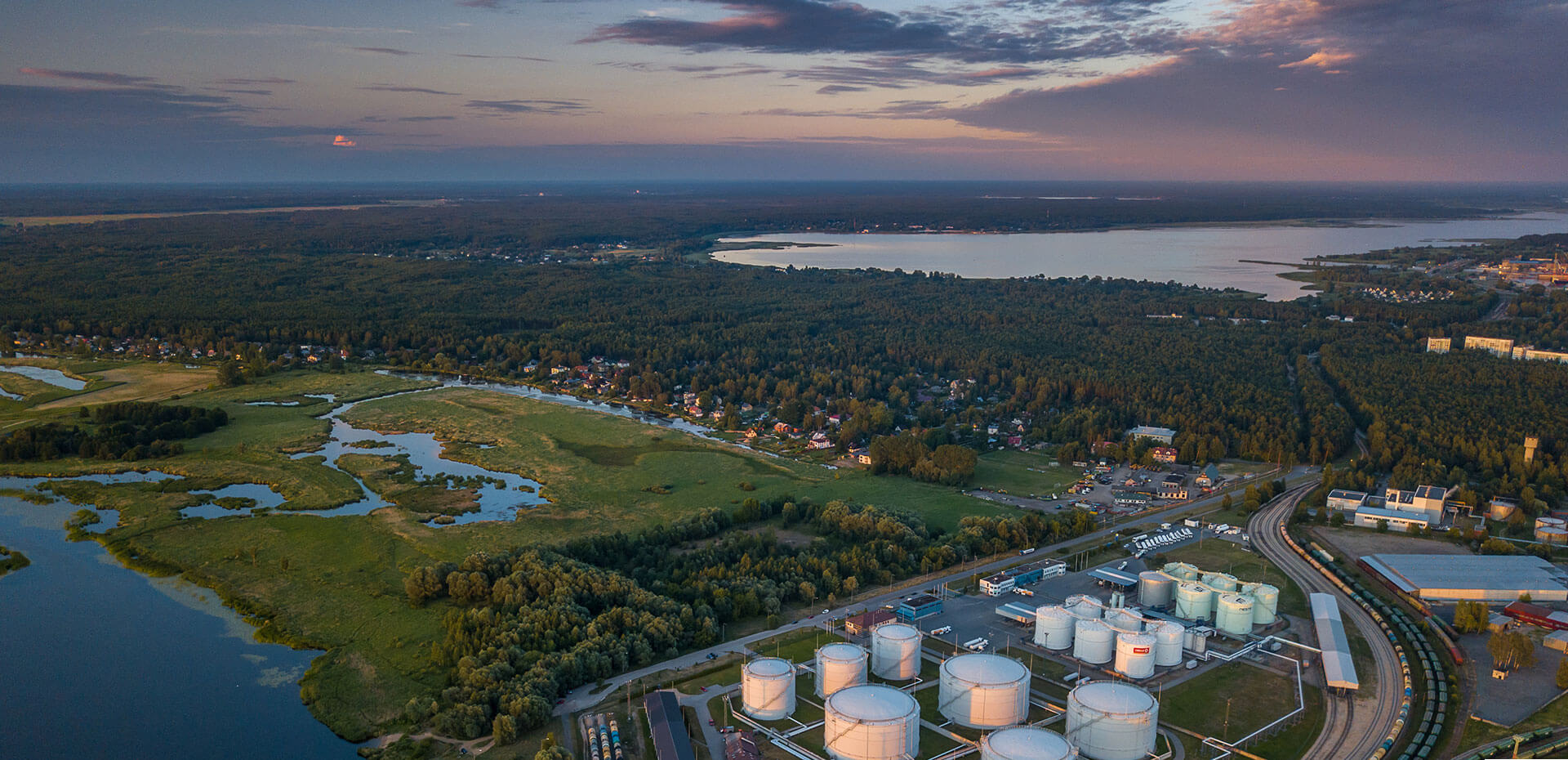(21 Oct 2021 – Hong Kong) - CIMC Enric Holdings Limited (“CIMC Enric” or “the Company”) together with its subsidiaries (the "Group") (Stock Code: 3899.HK) is pleased to announce today that its wholly-owned subsidiary, CIMC Enric Investment Holdings (Shenzhen) Limited) (“Enric Shenzhen”), signs a strategic cooperation agreement with Zhangjiagang Industrial Technology Research Institute (“ZITRI”) of Dalian Institute of Chemical Physics (“DICP”) of Chinese Academy of Sciences to jointly promote the application of "Liquid Sunshine” hydrogen production and refueling equipment (including hydrogen refueling station and carbon capture and utilisation equipment) in the hydrogen industry chain, and jointly develop the Beijing 2022 Winter Olympics Liquid Sunshine Hydrogen Refueling Station Demonstration Project (the "Project" or "Demonstration Project") in order to ensure the supply of safe, reliable, economically efficient, green and low-carbon key technologies and equipment on the supply side of production, storage, distribution and refueling of hydrogen while fulfulling the national 'Carbon Neutrality' and 'Emission Peak' targets and the innovative “leapfrog development” of hydrogen industry.

The Liquid Sunshine Green Hydrogen Energy Demonstration Project, directed by Li Can, Academician of Dalian Institute of Chemical Physics of Chinese Academy of Sciences, uses solar energy as a representative renewable energy to efficiently produce hydrogen by electrolysis of water, and couples carbon dioxide (CO2) and hydrogen to synthesize "Liquid Sunshine" methanol. The project uses an innovative hydrogen production and refueling equipment technology designed and developed by Li Can, which integrates the functions of on-board hydrogen production by methanol, separation and purification, boosting and refueling, and CO2 liquefaction and recycle. Using methanol as the hydrogen storage carrier, it solves the safety problem of high-density hydrogen storage and distribution, reduces related costs, allows flexible adjustment of production capacity and ready-to-use hydrogen, with small footprint skid-mounted equipment manufactured by CIMC Enric. It can be applied in a wide range of scenarios such as ports and terminals, road stations and mass transit. Its carbon capture device allows the capture of carbon dioxide, which would be liquefied and recycled for further usage, from hydrogen production. In contrast to carbon capture and storage (CCS), the conversion of CO2 into Liquid Sunshine methanol is a carbon capture and utilisation (CCU) technology that enables renewable energy conversion, CO2 emission reduction and large-scale energy storage while obtaining liquefied energy products.
The world's first Liquid Sunshine stationary hydrogen production and refueling equipment developed under the guidance of Li Can has passed the technical achievement appraisal organised by the China Association for the Promotion of Industrial Development in October 2020 and the expert verification on the safe operation of the Liquid Sunshine hydrogen refueling station, which will be operated as a demonstration project for the Winter Olympics in the Zhangjiakou Renewable Energy Demonstration Zone.

The "Liquid Sunshine" technology produce "green" hydrogen energy by electrolysis of water with electricity generated from renewable energy such as solar and wind power, and converts it into liquid fuels such as "green" methanol by adding CO2, Methanol can then be used as a storage carrier for hydrogen which can be produced and extracted later using methanol reforming, separation and purification, thus forming a closed loop. China is the world's largest methanol market. According to the "Development Plan for Petrochemical and Chemical Industries (2016-2020)" issued by the Ministry of Industry and Information Technology, China's current traditional methanol chemical market is about 50 million tonnes per year, with an annual growth rate of about 8.8%.
Mr. Yang Xiaohu, Executive Director and General Manager of CIMC Enric, said, “Methanol steam reforming is is an effective complement to hydrogen production methods and sources of hydrogen resources. As a storage and distribution carrier, methanol has the advantages of high energy density, large-scale transportability and low-cost transportation across the sea. It is estimated that the methanol fuel market is more than nine times the size of the methanol chemical market, and the potential market demand for methanol in China could reach nearly 500 million tonnes per year, with a market size of over RMB 1,000 billion. The demonstration project for the Winter Olympic Games is a favourable attempt for both sides to develop a zero-emission methanol-to-hydrogen project. With the vision of emission peak and carbon neutrality, the era of low-carbon energy is upon us. The Demonstration Project is an crucial step forward in our renewable energy storage layout, giving us a first-mover advantage in the industry.”















